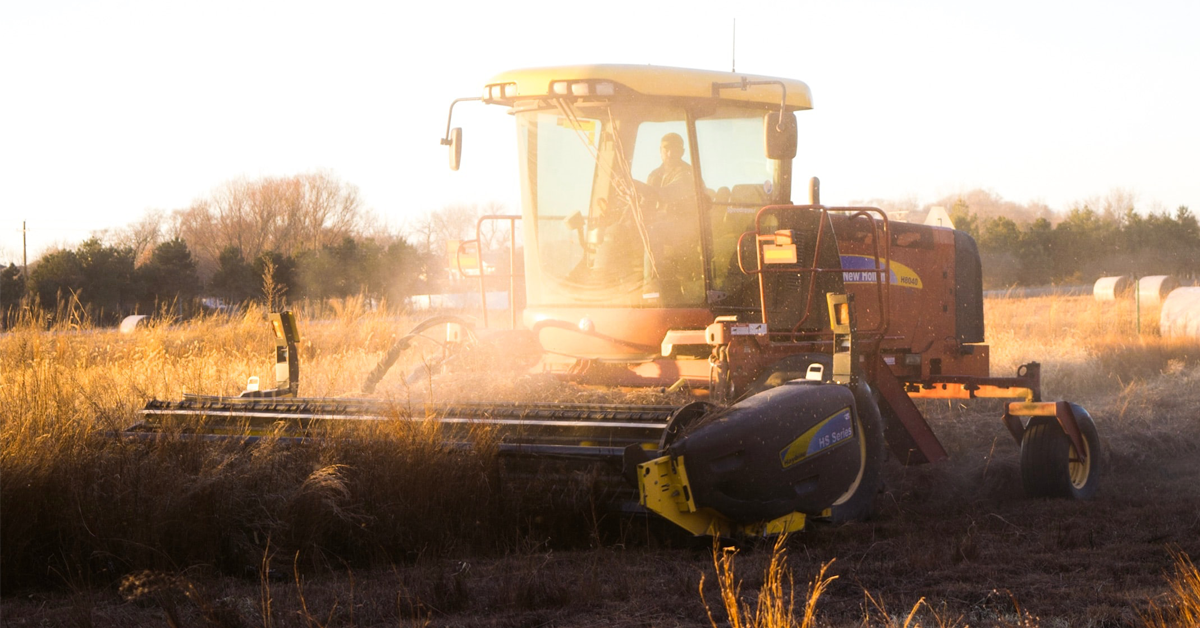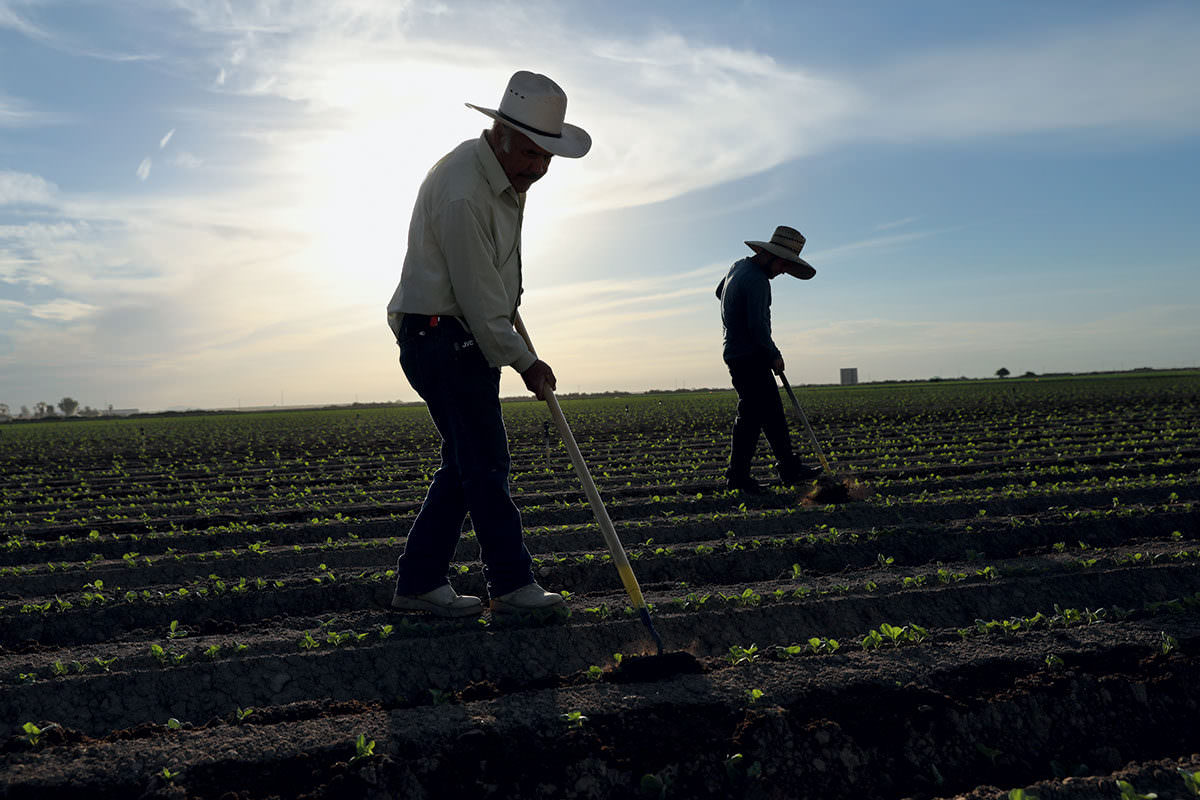The Golden State, California, is renowned for its robust agricultural industry. However, being the nation’s food basket doesn’t come without challenges. From water scarcity to labor shortages, escalating operational costs to regulatory concerns, California’s farmers face an array of hurdles. Yet, every challenge presents an opportunity for innovation, and nowhere is this more apparent than in farming. This is my attempt to delve into the current state of California’s farming industry, with particular emphasis on the challenges, opportunities, and the exciting role of innovation and agricultural technology (AgTech).
Agriculture is not just a sector in California; it’s a way of life that defines the state’s identity. The industry contributes significantly to the state’s economic vitality, generating billions of dollars annually and employing a significant portion of the workforce. However, the importance of farming in California transcends mere monetary measures.
California’s farming industry serves as the Nation’s food engine, leading in the production of over 77 different commodities. It’s the generous land of California that gifts us a variety of fruits, vegetables, nuts, and dairy products throughout the year, sustaining the national and global food supply chains.
But the reach of California’s farmers extends closer to home too. They work tirelessly to provide locally sourced, fresh produce directly to Californians, thus nurturing healthier communities, fostering local economies, and reducing impacts associated with long-distance food transport.
More so, by providing locally sourced food, farmers are not just feeding their communities but also fueling innovation and growth. This local connection cultivates a sense of community, builds trust between consumers and farmers, and enables farmers to respond directly to their customers’ needs and preferences.
Being at the frontline of food production, California’s farmers are the stewards of the land, ensuring that the state’s rich biodiversity is preserved and sustained. Their commitment to the land and their craft allows them to live out their version of the American dream, all while fueling the dreams of others by providing the essential building blocks of life – food.
In essence, farming in California is more than an occupation or an industry; it’s a vital service, a commitment, a tradition that keeps the state thriving and its people healthy. It’s a testament to resilience, innovation, and the enduring American dream.
Challenges in California Agriculture
One of the most pressing challenges facing California’s farmers is water scarcity. Periodic droughts render water a precious resource, with its allocation being a hotbed of controversy. Farmers have, however, begun to seek innovative ways to combat this issue. For instance, recharging the aquifers during periods of high rainfall is one proactive approach being adopted to sustain water supply during dry spells.
Labor shortages also pose a significant obstacle. Agriculture is labor-intensive, and farms often grapple with the problem of finding adequate labor for planting, harvesting, and other responsibilities.
A pervasive challenge threatening all farming operations, regardless of size, is the high cost of operations. Increasing prices for land, fuel, and equipment, coupled with the rising cost of labor and materials, put immense pressure on profit margins. This escalation in operational costs challenges not only the viability of small and medium-sized farms, but also strains larger farming businesses, pushing them to seek innovative cost-saving measures and efficiency improvements. These escalating expenses impact the entire agricultural sector, emphasizing the need for practical, sustainable solutions that can help ensure the continued vitality of farming in California.
Lastly, regulatory and policy challenges create an environment of uncertainty. Changing rules regarding water use, pesticides, labor laws, among others, necessitate that farmers be agile and informed.
An underlying challenge that often goes unnoticed is the lack of understanding or appreciation for the challenges farmers undertake to provide safe, affordable, and nutritious food to consumers.
Against this backdrop, innovation and AgTech emerge as critical solutions. AgTech, a confluence of agriculture and technology, promises to revolutionize farming. For instance, smart irrigation systems help tackle water scarcity by optimizing water use, while automation and robotics help alleviate labor shortages by taking over manual tasks.
AgTech also promises cost-efficiencies. GPS-guided machinery can carry out precision farming, saving on both time and resources. Moreover, advanced analytics and AI-driven predictive models enable farmers to anticipate market demands and adjust their strategies, reducing waste and improving profitability.
Looking ahead, AgTech trends such as blockchain for traceability, and CRISPR for crop improvements and resiliency are set to redefine farming’s future landscape.
Opportunities in California’s Farming Industry
Despite the challenges, California’s farming industry is teeming with opportunities. The adoption of AgTech is opening avenues for more efficient, sustainable farming. A growing market for sustainable and organic agriculture lets farmers command a premium for their produce.
The potential for value-added products and direct-to-consumer sales, amplified by online platforms, offers another pathway to profitability. Farm diversification into niche and specialty crops, such as lavender for essential oils or hops for local breweries, also provides opportunities for higher returns.
Furthermore, various government incentives and policies support the adoption of sustainable farming practices, helping to ease financial burdens.
Overcoming Challenges and Seizing Opportunities
Several California farmers have turned the tide of these challenges into a wave of opportunities. Many have implemented drip irrigation systems to combat water scarcity, enhancing productivity while conserving water. Likewise, automation has emerged as a solution to labor shortages, with cutting-edge robots stepping in for tasks from picking to packing.
Importantly, this technological integration does not mean a reduction in labor, but rather a shift towards more specialized roles. Automation and AgTech introduce new, higher-skilled jobs in the sector, such as equipment technicians, data analysts, and farming consultants. This transformation provides opportunities for individuals to expand their skills and advance their careers.
Such activities underline the determination and ingenuity of California’s farmers in leveraging technology to overcome their challenges and enhance their operations.
Research and development will play a key role in shaping the future of farming in California, with a spotlight on advancing AgTech. Policies and regulations will also be crucial, potentially providing new opportunities or presenting fresh challenges. Alongside these, investment in critical infrastructure will be vital for fostering a resilient agricultural sector.
Today, farming in California presents a complex tapestry of challenges and opportunities, all woven together by the thread of innovation. As they contend with water scarcity, labor shortages, and other issues, California’s farmers are also leveraging opportunities offered by AgTech, sustainability, and changing consumer preferences.
Through these dynamic adaptations, they continue to affirm California’s status as a leader in agriculture, nourishing the Nation, the world, and their local communities, embodying the very essence of the American dream.











